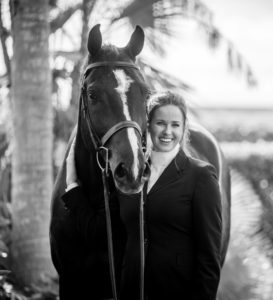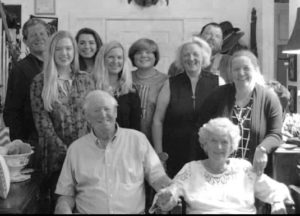I haven’t had hair since my twenties so everything I know about it comes from my wife. Venusians are obsessed with hair, who else has bad hair days? Now and then I’ll have a bad day, say I have a blowout on 95 or get a speeding ticket—now that’s a bad day. But having a bad day because of your hair?
“It’s like walking around with a stone in your shoe or your bra strap showing—you just don’t feel right,” she explains to me. I guess to a Martian, the closest thing to a bad hair day is realizing your fly is unzipped and wondering how many people have noticed. But its not like it wrecks your day.
I’ll see her in front of the full-length mirror in our dressing room mussing with her hair and scowling at it as if expressing her disapproval will make it fly right. Of course it never does so she has to resort to showering and blow-drying it. Total of half an hour down the toilet to avoid having a bad hair day. Doing the math, if she fixes her hair half the time, that’s over 91 hours out of her life every year or almost four complete days totally wasted.
But of course to her, it’s time well spent. When she turns the blow dryer off, primps her hair once or twice, then turns with a look on her face like Wyatt Earp who’s just strapped on his six guns. Her hair’s good so she’s ready to face the world.
Me, I’m good to go right after I’ve checked my face to make sure I haven’t left any shaving cream behind. Total time expenditure: half a second. Once in a while I get flagged by my wife for not shaving what little hair I do have. “You missed a big patch back here,” she’ll say, rapping on the back of my skull.
“But I can’t see the back of my head so how can I shave it?” I complain.
“Get a mirror,” she says.
Figuring that if I can’t see it, who cares who else does? So I try to ignore her until she comes racing up waving a razor. “Turn around,” she commands. I do a 180 and stand there while she scrapes away. The hair-impaired being tended to by the hair-aware.
Beside time, the other investment Venusians make on their hair is money. Every time she heads off to the hairdresser, I see a hundred and fifty bucks circling the drain. And she never fails to ask when she returns, “What do you think?”
This is where I step in it big time. Because I’ve forgotten she went to the hairdresser so my answer usually is, “About what?”
And that’s when I get the sneer and the retort, “About my HAIR.”
The truth is I can never see any difference between pre and post hairdresser but I’ve learned to act impressed by her latest do and say, “Gee, it looks terrific.” Here’s where I’m hoping she doesn’t ask, “You sure it’s not too short?” Or, “Do you think she made it too light?” Because I never know what the right answer is and I’m bound to get it wrong.
Not only does she get a cut and color at the hairdresser, she also gets good gossip because people who cut hair for a living hear it all. When I did have hair, I can never remember gossiping with the barber. It was slam, bam, thank you, Sir and I’m up and out of there. But when women sit down in the chair their chitchat mechanism is activated and they gab away throughout the entire time. To women, hairdressers are like psychiatrists with scissors. They can air their grievances about anything and everything, their clueless husbands who never notice their new hairdos, or the dog that ate their hors d‘oeuvres or the awful dish they got served at a dinner party. It’s never front-page stuff, just the odds and ends of everyday life that guys wouldn’t spend a second talking about.
I seldom hear anything interesting, once blue moon I get a juicy nugget, some dirt on who did what to whom. Occasionally there’s a funny, like the one about the woman whose high heel broke off at a party and she had to limp around all evening like a horse with a bum shoe.
Back in my movie days, I once went down to a hairdresser convention in Atlanta to film the thing for Clairol. For two days, I went from room to room with my camera shooting hairdressers doing crazy, outlandish dos on these poor models. I remember one looked like a kite perched on the girl’s head, another like a small car. One guy turned a head of hair into what looked like a pile of muffins. And the whole hotel smelled like someone had gone wild with a chemistry set.
Face it, Venusians and their hairdressers go overboard with hair. After all, it’s just strings of dead cells on your head. But its best for us guys to give hair a wide berth. Where you don’t know, don’t go.
Let’s just say there’s a whole world of hair out there and me, I’m just glad I don’t live in it.









